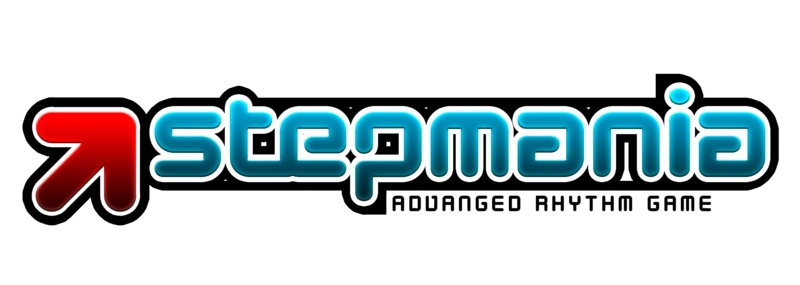Stepmania Unlock Code Generator - Looking Back
Posted on in Dev • 3 min read

Every once in a while, I look back at some of my older projects. It is a good thing to see how I handled problems in the past and also reflect on how I think I have improved over the years. I should have kept better records of my old applications so I could have a more fleshed out portfolio. For this blog, I feel like talking a little about an old Stepmania related project that I wrote called Stepmania Unlock Code Generator.
DDR Craze and Leading To A Use Case
I used to be a big fan of the video game Dance Dance Revolution. My local arcade has a DDR machine and it was one of the biggest attractions at that arcade. The machine usually had a line of people waiting to play it. Despite there being console ports of DDR, playing the game on the official arcade cabinet was the best way to play it. Despite that, I wanted to have a similar experience at home. Beside the console ports of DDR, I also played around with the apps Dance With Intensity and Stepmania. Stepmania was my preferred DDR clone.
Stepmania 3.9 had an unlock system to try to make a more arcade experience for people who hosted dedicated Stepmania systems. Songs in a collection would unlock after certain criteria (such as high score) were met. Although, there was no system in place within the application to set the unlock criteria. That task needed to be done manually in a specific Unlocks.dat text file. I got interested in using the unlock system a little bit but I did not want to have to edit the file by hand with every change. That gave me a valid use case for trying to implement an application to handle the task.
Making Of The Application
Up until that point (February 2007), pretty much any small program I had made was a command line application. Also, pretty much any personal project that I coded was a clone of an existing application so those projects served no purpose outside of my studies. I tried to learn GTK in the past and basic event driven programming but it did not work out then; I still have the GTK book I bought to learn from. I was really hooked into Python then so I wanted to code an application in Python. PyGTK and Glade were used to construct the GUI for the first version. The application was very simple with only two list views and a few text box controls. Stepmania Unlock Code Generator allowed reading an Unlocks.dat file, setting supported unlock criteria for a song, and writing the updated criteria back to the Unlocks.dat file.
Stepmania Unlock Code Generator was in sporadic development from February 2007 until April 2008. Three major builds were made as I improved the application and experimented with other software stacks. There was a GTK version, a Qt version was later made, and an experimental Java version was created. The initial GTK version was very crude with a good amount of spaghetti code. The model classes were very basic as well. Later on, I did try to separate the backend business logic from the GUI code somewhat. I tried to utilize the Use Case Controller pattern that was taught at one of my classes in University. Eventually, I lost interest in Stepmania and other problems became more important.
Ending Words
SUCG was likely the first application that I wrote that had some form of identity and purpose. It was nice to be able to actually scratch my own itch rather than mimic something that already existed. Back when I started learning programming, I did not have many ideas about what I would want to implement as I was more concerned with learning programming concepts. Nowaways, I have many ideas but very little time to invest in any of them.
I plan on making some posts about other old projects I have developed. It is too bad I do not have any old screenshots and I have no way to use the application anymore without a Stepmania setup and song collection.